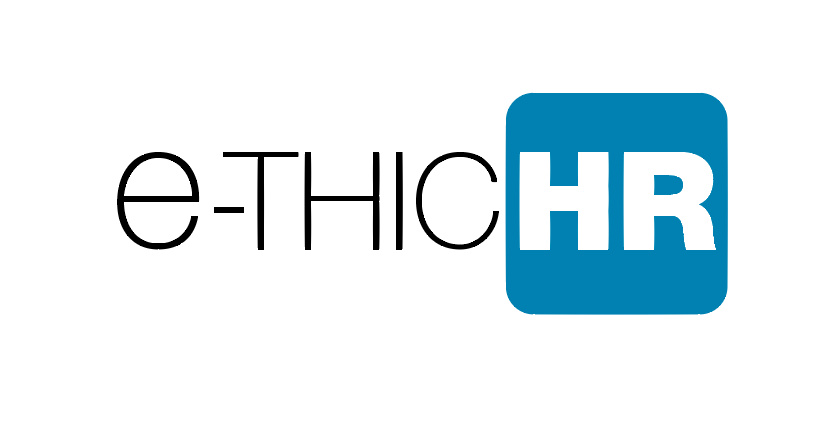Do you know that 66% of HR directors are baby boomers and 41% of HR directors have a dog. If you want to know more about the likes and the preferences of an HR director?, have a look at this infographic.

Point sur le recrutement numérique
Loin des commentaires, des futurologues ou des oracles (au sens premier !), on observe tout un ensemble d’innovations, de développements, d’outils se situant entre le déploiement progressif et les coups d’essai. En effet, si les DRH prennent conscience d’un déplacement des usages et d’une urgence à revisiter les pratiques, on est loin d’un raz de marée. La confiance doit encore s’installer dans ces approches nouvelles. C’est le point de vue d’Olivier Jaskulké, responsable sourcing et digitalisation d’Orange.
Le recrutement numérique: où en sommes-nous?
Sa réponse : Le recrutement ne connaît pas (encore) la révolution copernicienne propre au numérique. C’est la qualité de compréhension des attendus, la qualité de conseil, la pertinence des évaluations, bref, le professionnalisme des recruteurs qui sera toujours à l’œuvre, de façon irremplaçable !
Lire l’analyse complète d’Oliviers Jaskulké sur LesEchos.fr « Le recrutement numérique: où en sommes-nous?
Recruiters: Don't Ignore Job Hoppers!
Long serving employees are becoming an endangered species in a modern world characterized by: lay-offs, mergers and acquisitions, instant dissolution of global businesses and an increasing dependence on global workers. Why? A large proportion of the candidate pool is comprised of job hoppers. Thus, employers need to be better at analyzing job hoppers in a modern context.
What they need to do first is let go of the prejudice surrounding job hoppers as there are many positive aspects to this type of employee. Kazim Ladimeji, Chartered Member of the Chartered Institute of Personnel and Development outlined three of the most positive ones below.
- adaptability
- Signs of ambition and high achievement
- Not afraid to take a risk
You want to know more, read the full article « Why recruiters should not ignore job hoppers? »
Global CEO Deloitte admits classic mistake managers make when recruiting
Barry Salzberg, Global CEO Deloitte, admits the classic mistake managers make when recruiting. Blue Apron founder Matt Salzberg talks about this with his dad, Deloitte global CEO Barry Salzberg.
Love to work in a place where you could be yourself?
According a research published by Rob Goffee and Gareth Jones in “Creating the Best Workplace on Earth”, most people would love to work in a place where they could be themselves. Where they didn’t have to spend a single moment of their time and energy making sure they put only their best self forward?
For three years Goffee and Jones went around the world, asking hundreds of executives to describe the attributes of their ideal workplace. Topping the list was an environment where people could be themselves and where the company invested in developing them (and everyone they worked with) to be the very best they could be.
Together they describe an organization that operates at its fullest potential by allowing people to do their best work.
They call this “the organization of your dreams.” In a nutshell, it’s a company where individual differences are nurtured; information is not suppressed or spun; the company adds value to employees, rather than merely extracting it from them; the organization stands for something meaningful; the work itself is intrinsically rewarding; and there are no stupid rules.
How close is your organization to this ideal? Find out by doing this « Dream Company » diagnostic. It will take only a few minutes
Dream Company Diagnostic by Rob Goffee and Gareth Jones
